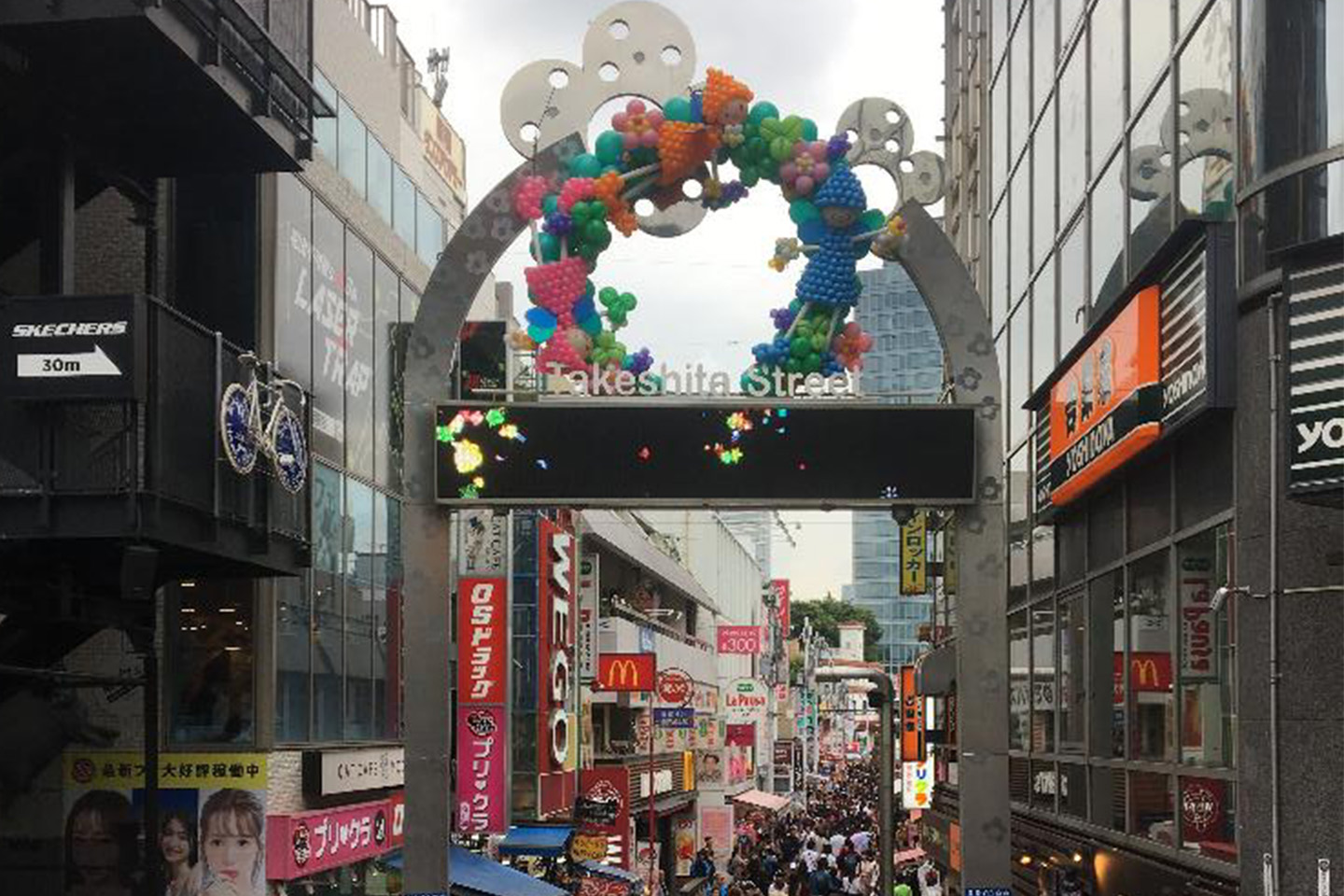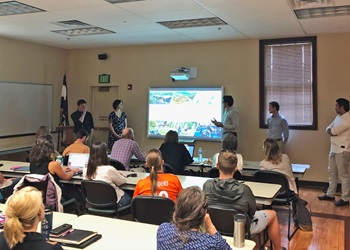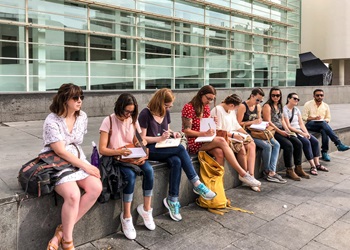Travel Study Opportunities
Where We've Traveled
- Santiago, Chile
- Tokyo, Naoshima & Kyoto, Japan
- Mexico City, Mexico
- Seferihisar, Turkey
- Rome, Italy
- Barcelona, Spain
- Thailand
- Guatemala
- Finland
- Morocco
- Denmark
Upcoming Opportunities

Public Space Studio in Santiago, Chile — Dates to be announced
Open to all CAP students | Application deadline to be announced
PROGRAM FACULTY
Ken Schroeppel and Jeremy Németh

Rome
CU Denver in Italy: Architecture and the Urban Context of Rome
Open to all CU Denver students | Application deadline to be announced
PROGRAM FACULTY
Matt Shea

CU Denver in Japan: Tectonics in Context - Japan Lab 01 — May 20 - June 7, 2024
Open to all CU Denver students
| Application deadline February 6, 2024
PROGRAM FACULTY
Kevin Hirth

Friday, May 22 to Saturday, June 13 with a final design studio presentation on Monday, June 15.
Open to CAP Students
Application information and deadline to be shared January 2026.
PROGRAM FACULTY:
Professor Michael Jenson

Colorado Small Town & Mountain Studio
The 2026 Small Town Studio location to be announced in January 2026.
PROGRAM FACULTY
Andy Rutz






